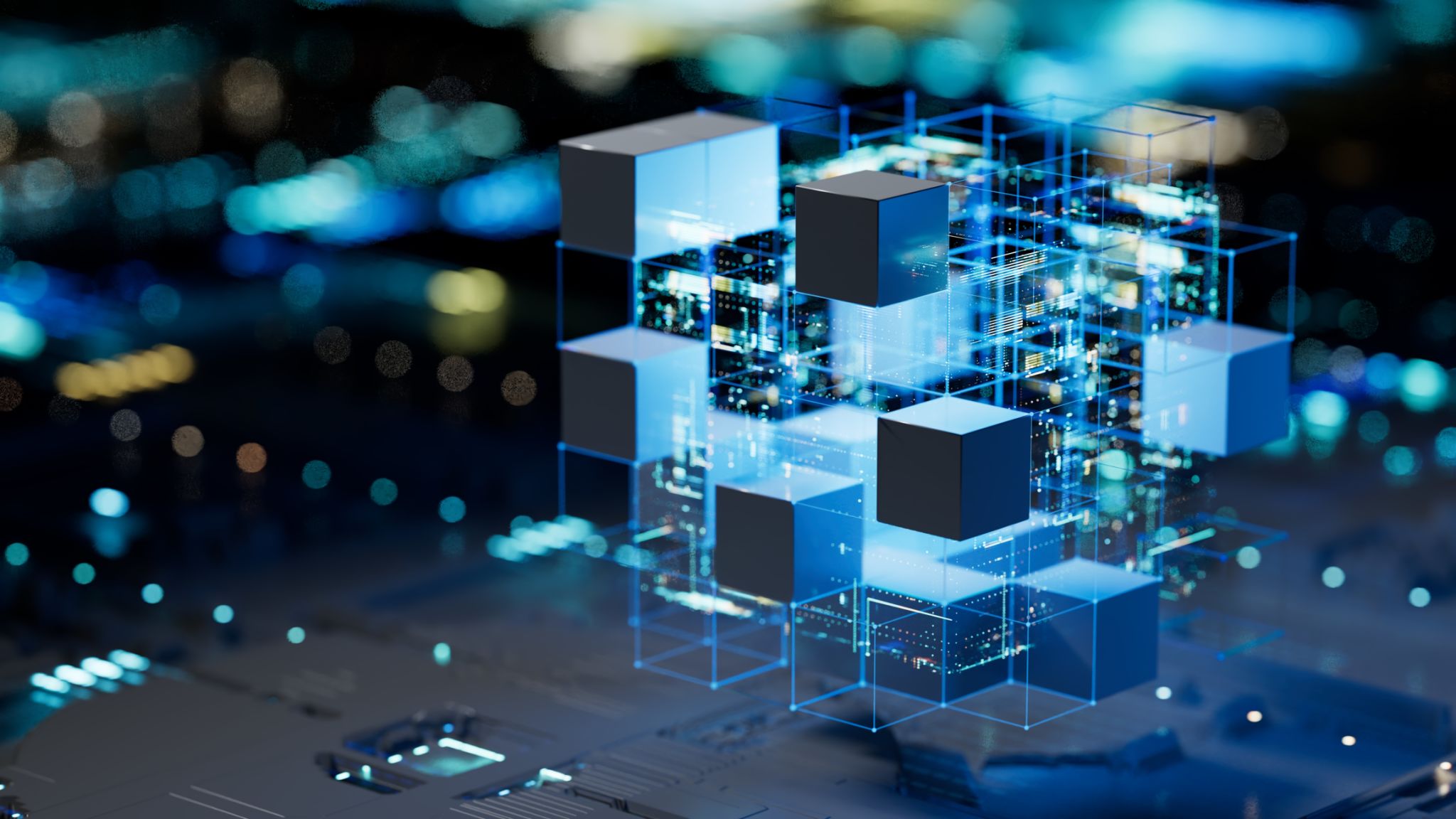Debunking Common Myths About AI Transformation
Understanding AI Transformation
Artificial Intelligence (AI) transformation is a buzzword that has gained significant traction in recent years. However, with its growing popularity, several myths and misconceptions have emerged. It's crucial to differentiate between fact and fiction to fully harness the potential of AI in the business world.

Myth 1: AI Will Replace All Jobs
One of the most prevalent myths is that AI will lead to massive job losses, replacing human workers across industries. While AI can automate repetitive tasks, it also creates new opportunities and roles that require human intervention and creativity. According to experts, AI is more likely to augment human capabilities rather than replace them entirely.
AI transformation encourages the development of new skills and jobs, such as data analysis, AI management, and more. The workforce will evolve, with a shift toward roles that focus on strategic thinking and problem-solving.
Myth 2: AI Is Only for Big Tech Companies
Another misconception is that AI is only accessible to large tech companies with significant resources. In reality, AI technologies are becoming increasingly affordable and user-friendly, allowing small and medium-sized enterprises (SMEs) to leverage these tools to enhance productivity and innovation.

AI solutions are available in various forms, from cloud-based platforms to open-source tools, making it possible for businesses of all sizes to implement AI strategies without breaking the bank.
Myth 3: AI Can Think Like Humans
A common myth surrounding AI is the belief that it can think and feel like humans. While AI can process data and perform tasks efficiently, it lacks genuine understanding and consciousness. AI operates based on algorithms and data inputs, without the capability for independent thought or emotion.
It’s essential for businesses to view AI as a powerful tool rather than attributing human-like qualities to it. This perspective helps in setting realistic expectations and ensuring that AI is used effectively within organizations.

Myth 4: Implementing AI Is a One-Time Process
Some may believe that once AI is integrated into a business, the work is done. However, AI transformation is an ongoing process that requires continuous monitoring, updating, and refining. As technology evolves, so must the implementation strategies to remain competitive and effective.
Regular training and updates are essential to keep AI systems functioning optimally. Businesses must invest in maintaining their AI infrastructure to adapt to changing demands and technological advancements.
Conclusion
Debunking these myths is crucial for businesses looking to embark on their AI transformation journey. By understanding the realities of AI integration, companies can make informed decisions and fully capitalize on the benefits of this transformative technology.
As AI continues to evolve, staying informed and adaptive will be key to leveraging its potential in driving innovation and growth across industries.
